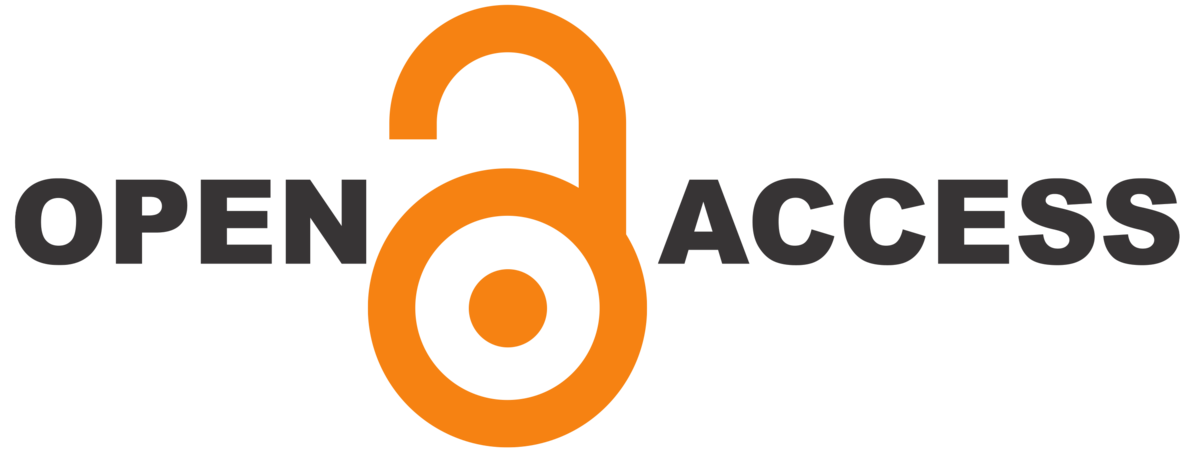SPACE AND LITERACY IN THE FIRST FIRST YEARS OF KEY EDUCATION: THE OBSERVED REALITY
DOI:
https://doi.org/10.22481/praxisedu.v16i41.6253Keywords:
Reading and writing acquisition, Literacy, Space, PlayfulnessAbstract
This article is part of a larger research, of qualitative approach, covering studies on
acquisition of reading and writing and literacy. The purpose of this paper is to present some
considerations on how the teachers of the pedagogical block, which comprehends the first three years
of Elementary School, have been using the classroom space as a strategy for literacy. The empirical
field of this study is a municipal public school. We sought the legal basis to explain the organization
and purpose of the literacy block and approached the literacy as a process in constant development in school learning, in a especial way, in recreational activities. By relating the National Curriculum
Guidelines for the Elementary School of Nine Years with the evidence gathered from the data
collection, it was possible to notice divergences between what the legislation determines for this stage
and what is happening in practice in the observed school. The work with literacy carried out in an
ideal environment to interactions, continuing the early Childhood Education, marked by learning
processes from experiences, is recorded only in the Pedagogical Political Project, but is little observed
in pedagogical practices. Repetition takes the place the plays, text diversity loses space for word
fragmentation and thus, this ends up reflecting on the little exploration of the classroom space, since
the interventions promote little playful moments and interaction. We used the theoretical studies of
Soares (2014; 2017), Becker (1993; 2001), Ferreiro (1991), among others.
Downloads
Downloads
Published
How to Cite
Issue
Section
License
Copyright (c) 2020 Práxis Educacional

This work is licensed under a Creative Commons Attribution-ShareAlike 4.0 International License.












